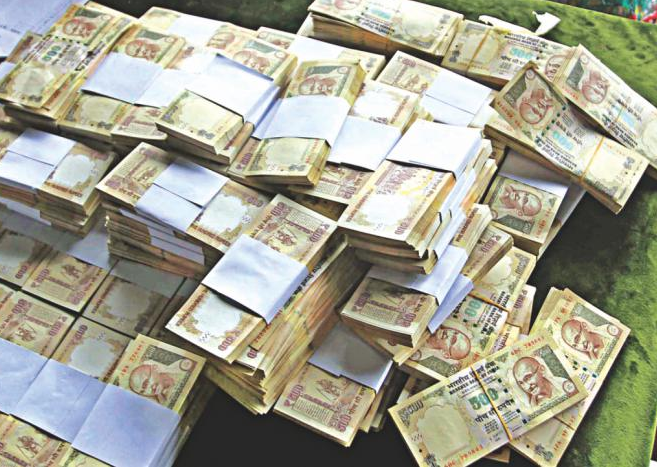It has now been little over a year since the night PM Narendra Modi announced demonetization of the now-old 500 and 1000 Rupee notes. The general population seemed to approve the measure as reflected by continuing surge in votes for BJP, seen in UP and other state (even municipal and panchayat) elections. The Economy did show some slowdown, but didn’t drop as much as economists had predicted. But, there is one question that still remains unanswered!
Have you ever wondered what happened to all the old useless Demonetised Currency notes? Were they burned, shredded or thrown away?
20 Years back, the most common practice for disposing of old banknotes was effectively incinerating the banknotes to ensure they are not misused. However, this was certainly not the most environment friendly way of disposing-of old notes. Eventually, a new model was put into practice. Shredding and throwing away the old notes in landfills became the next technique of destroying old notes. But now there is a whole new way of disposing old currency. It is environment friendly and even business friendly to some extent as it requires less efforts and even fetches some return. The old currency notes are still shredded but not thrown away. They are now recycled. In other words, the old 500 and 1000 notes were shredded and sold to different companies which converted them into cardboards, stationery items and souvenirs through an extensive process.
How does this process work?
This extensive process first started at a RBI regional headquarter where the old notes are verified and checked by the system. As stated by an RBI official the notes are then “automatically transferred to shredding and briquetting system, where they are turned into small strips and are compressed into thick briquettes of different sizes. The entire system is computerized.” Once the process of shredding is complete the shredded briquettes are sent to different companies for different uses.
Hardboard is a high demand product. A company called Western India Plywoods (WIP) based in Kannur, Kerala extracts pulp out of the currency note briquettes which is then mixed with wood pulp to make hardboard. Hardboards made with currency pulp is sturdier and has a distinct appearance owing to which It is costlier than other hardwoods and has a higher demand among customers.
Such is the demand of this product that the hardboards created from currency note pulps are now being exported to countries in Africa and the Middle-East. South Africa has been particularly enthusiastic in importing hardboards hardwood blocks in a large numbers.
With the South African elections slated to be held in 2019, hardwoods are now being used as placards and hoardings for the election campaign. As per Industry Specialists, the demand for this product will only continue in the times to come.
It is heartening to see that something that was either burnt or shredded and tossed aside not very long back is now being recycled and turned into high worth and high demand products . This is exactly the vision PM Narendra Modi had for India when he started the “Make in India” and “Skill India” Schemes. Apart from falling from the heavens like a bolt on illegally hoarded money, terror funding and other illicit cash, Demonetisation led to a rather hidden and unexpected gain too. It led to a fresh new perspective, a new entity, a new set of product range, a new set of customers, a new set of skills and perhaps employment for an entirely new set of people too.
